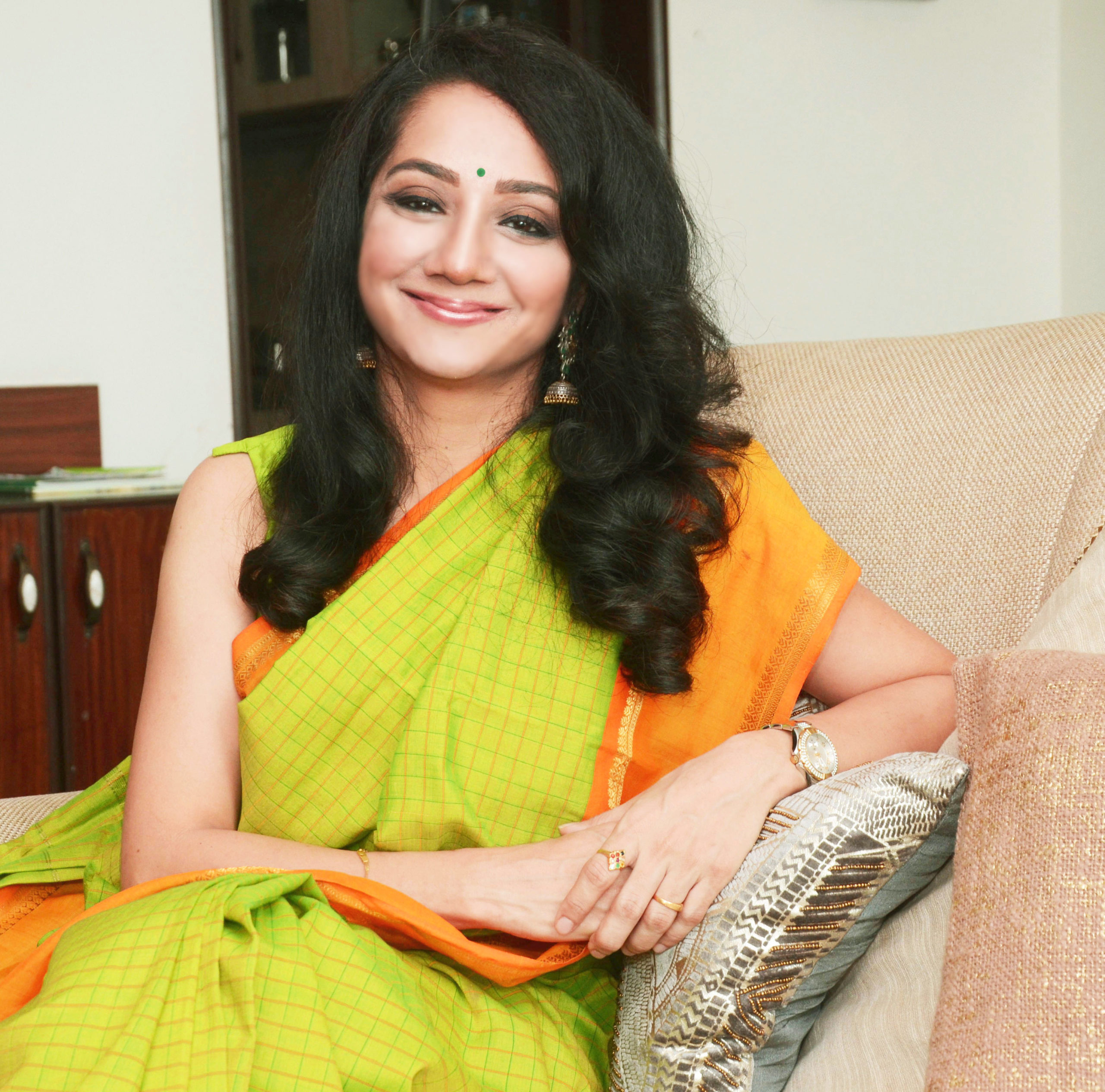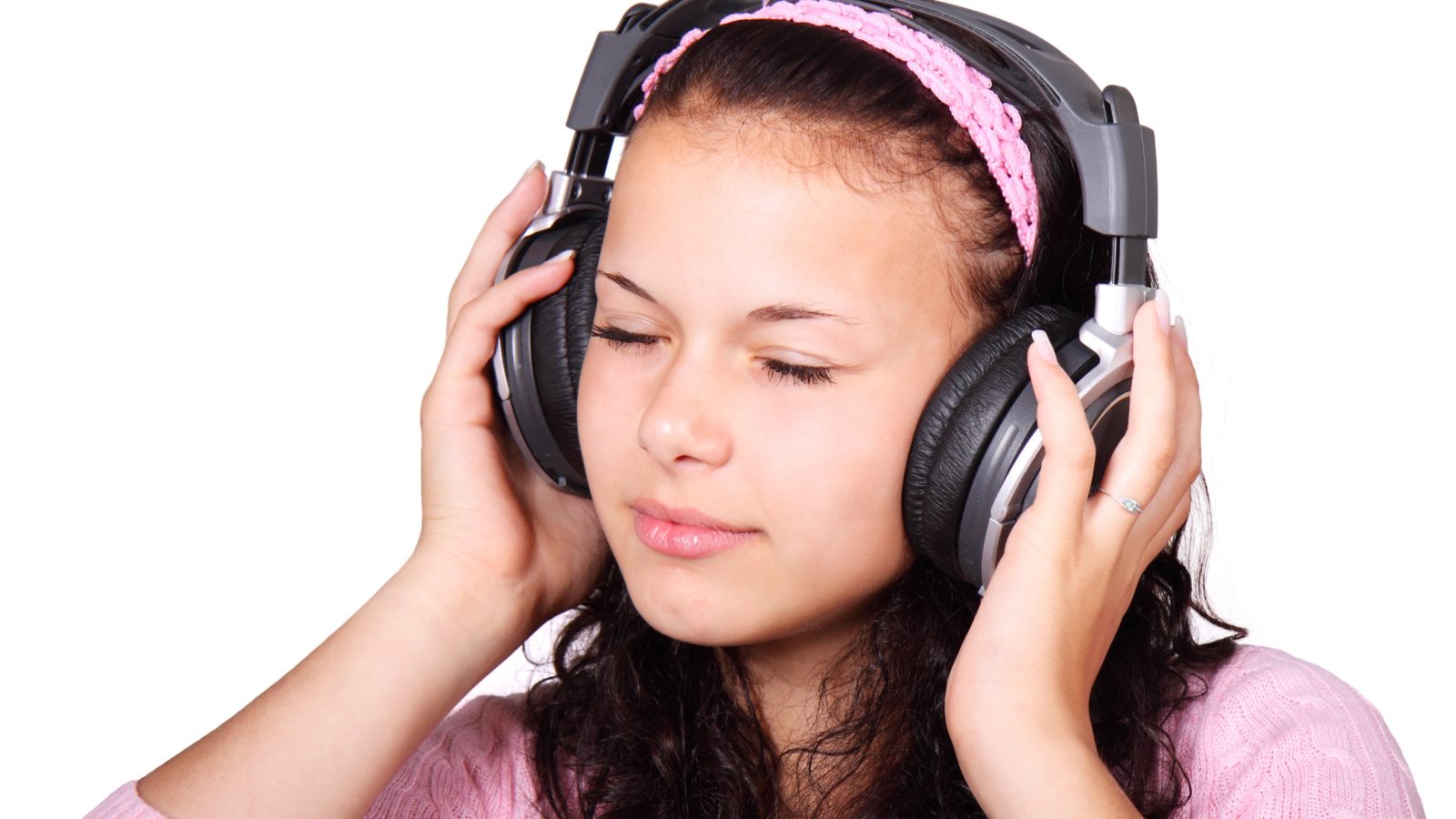It was sometime in the 16th century, when monsoons were around the corner and Ramtanu Pandey was taking a stroll in the gardens of Emperor Akbar’s palace, that the musical sound of a creature fell on his ears. It was the sound of a bird or maybe a small animal, he reckoned. This sound changed the history of Indian classical music.
Ramtanu, who later came to be known as Tansen, creatively transformed the sound to Raag Miyan ki Malhar. And to this day, for people who are familiar with classical music, hearing Raag Malhar brings alive the rains, in mind and in spirit. Along with it, it also brings the joy of drought-ridden crops when the first drop of rain falls on them, and the spirits of farmers which spring to welcome it. It also encapsulates the inexplicable feeling of tingling jubilation we feel even today when we smell the earth from the first monsoon downpour.
This is one of many such anecdotes that describe the birth of raagas in classical music. Such is the deep link between nature, the creative power of our minds and classical music. The link between music, our capacity to create and our ability to transform ourselves is not just anecdotal. It is the experiential truth of many people who are increasingly coming to understand the power of Indian raagas. They are beginning to realise its ability to invoke mood transformation or emotional catharsis.
In my own experience in imparting music education, I have come across many powerful testaments to the ability of classical music to transform people dramatically—from a chain smoker who managed to give up smoking, to a musically-uninitiated domestic worker cathartically weeping at a classical music concert; from a person suffering from chronic migraine who miraculously healed, to an anxious corporate executive whose mental state transformed to calmness and relaxation before an important presentation. All these were profoundly linked to classical music. And it all happened effortlessly, with willful and pleasurable participation by the persons concerned. They could create a new reality for themselves.
It is no wonder that science has now provided an explanation for this connection. As endorsed by Dr.Jankhana Hakani (consultant psychiatrist at Saifee Hospital and founder of Mind Help Clinic, Mumbai), Indian classical music kick starts the motor areas of the brain, activates the memory center, and helps release of feel-good chemicals in the brain, like endorphins and dopamine. Dr. Jankhana calls music ‘a total brain workout’. This is applicable even more so for classical music, because of its organic lineage.
Even from a historical or spiritual standpoint, the Samaveda, the source of Indian classical music, is believed to have been born from the universal sound of creation. From it came the seven notes, which are believed to mirror sounds of animals and birds. Over a period of time, these notes evolved into the classical raagas we know today. With origins that are so organic, it is no surprise that raagas have such intense emotive power. ‘Raaga Chikitsa‘ or healing through raagas was used as a supportive therapy by ancient Ayurvedic doctors to help patients. Raagas are believed to have sound vibrations which directly impact the physiology by connecting with different chakras in the body in the Ayurvedic system. Increasingly, additional proof on the therapeutic powers of Indian classical music is now emerging from mainstream research.
Musical saints from Southern India, such as Saint Thyagaraja, have also used music as a tool to powerfully emote and express devotion to god. Saint Thyagaraja used lyrics set to different raagas to express his desire for salvation, to ask for forgiveness and to express his pain. His Carnatic music compositions evoke tears and joy in listeners even now, centuries after he has passed on. What can explain this, except the immortal nature of music itself that surpasses its creators?
In my own life journey, music has given me a great deal. It has been an aid to my meditative practice, a source for recognition and validation, an aid to connecting deeply with people and their life struggles, and also a mood elevator. I am finding myself more forgiving, better able to tune into people’s lives, calmer and more at peace as my journey with classical music intensifies every passing year.
This treasure we sit on, is far from being tapped. Classical music could benefit us in many ways. The struggles our generation faces today are immense. We are in a day and age where new diseases surface every year, stress levels are at all-time highs, and our abilities to focus and employ our wills are at their lowest ever. This is not surprising, since technology has overtaken our lives. Our children are facing the staggering responsibility of fighting the future perils of terror, climate change and various humanitarian issues that are only just beginning to emerge. The quest for peace and happiness on our planet needs to begin from the heart of each person living on it. Indian classical music is an effortless means to access the human spirit and connect people in a way that nothing else can. It’s about time we put it to good use!


